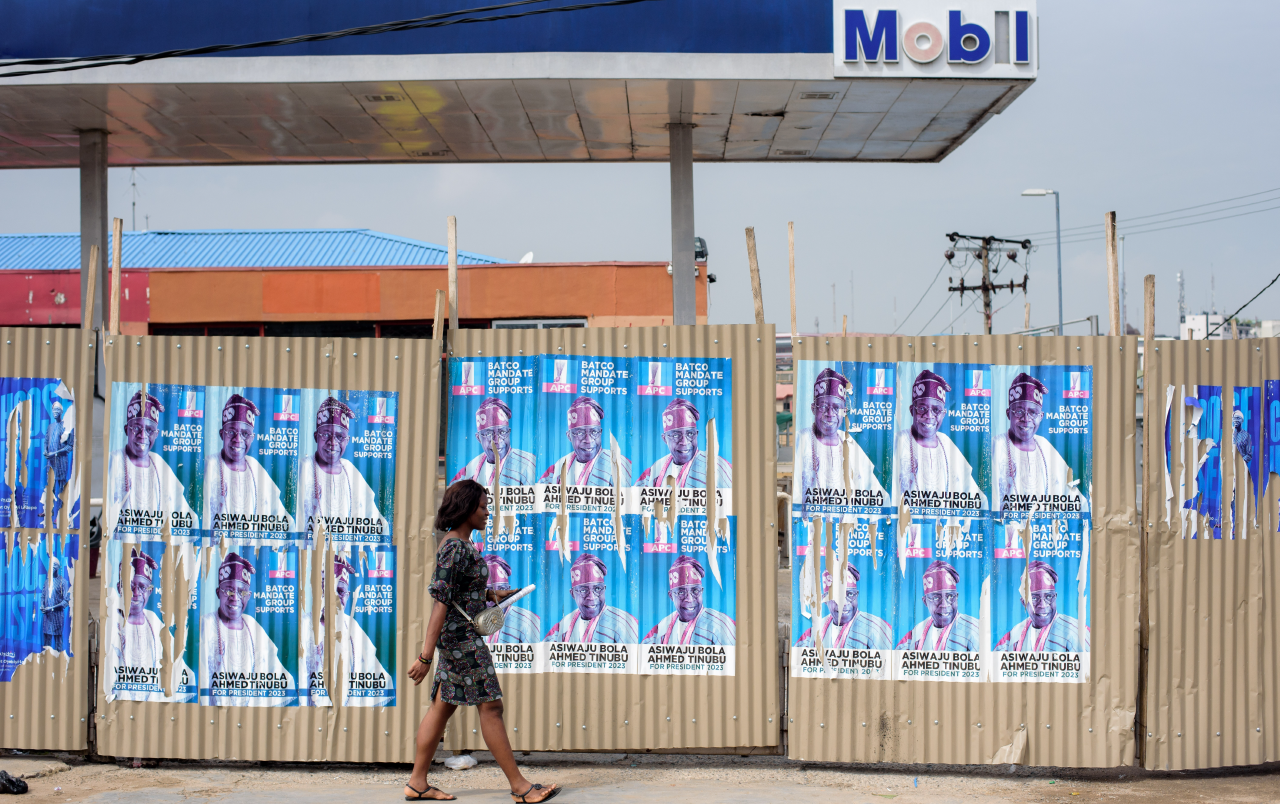This policy brief examines the challenges governments encountered in delivering inclusive digital public services, notably in the Global South, where…
Despite the progress in improving gender equality in the last decade, COVID-19, climate change, and conflict have threatened to achieve Sustainable Development Goal 5 on gender equality (SDG) by 2030. Closing the gender gap is essential. It can facilitate countries’ sustainable growth, especially regarding improved productivity levels.
One of the crucial targets of SDG5 is to ensure women’s full participation and representation in national political leadership and the decision-making process. This target, proxied by the proportion of seats held by women in parliament and local government, may hamper Nigeria’s forthcoming general elections in 2023, as it is not representative in a country where women make up 49% of the population.
Currently, Nigeria ranks lowest in the proportion of women in parliament in Africa. It has only 3.6% female representation in parliament. It has implications for decision-making, as the legislative and executive arms of government do not represent enough of the country’s female population.
Trends in Nigerian Women’s Participation in Politics
In Nigeria, women’s participation in politics has dwindled over the years. It is a growing concern to the population. Electoral politics started in 1922, and the law restricted the right to vote to only men. It was not until 1954 that women from the Igbo-dominated eastern region and Yoruba-dominated western region received the right to vote.
Historically, Nigerian women’s lack of participation in politics is underscored by socio-cultural factors. Also, poverty plays a role. It stems from economic inequality. It has made women earn less than men in specific jobs, have less access to education, and lack funds for, e.g. electoral campaigns.
A publication by the Independent National Electoral Commission (INEC) circulated a list of candidates vying for electoral positions, both for president and members of the parliament. This list, which indicates the gender of the candidate, sums up the heightened gender bias in Nigerian politics. Only one of the 18 aspirants for the presidential position is female. For the Senate and House of Representatives, only 8% and 9% of candidates are female, respectively. These figures are of concern. Evidence shows that when women politicians campaign for high-profile positions, girls are more likely to be politically active – especially when a female politician gets news coverage.
Recommendations
The implications of having fewer women in governance are detrimental to achieving SDG 5 on gender equality. It significantly negatively affects policy-making and future generations’ role models. Consequently, designing and implementing inclusive policies can improve women’s political participation. It would also have a significant impact on SDG 5 in Nigeria.
In Rwanda, the government set a constitutional quota of 30% for women in all decision-making organs already in 2003. Now the country ranks globally highest in the proportion of women in politics. In Nigeria, however, attempts to get the lawmakers to pass a similar bill – to allocate 35% of political positions to women were rejected.
Having data about the number of women participating in politics could encourage increased women’s involvement, especially in rural areas. Women willing to and those already participating in local politics would be inspired if they knew other women involved in politics at a national level. Building platforms and networks where these women can interact and share information on politics and their participation in it within the different tiers of government should be encouraged.
More so, political parties should prioritize town hall meetings. They are an effective way to engage stakeholders during campaigns. This strategy could increase women’s participation in the political process, especially in regions where cultural and religious norms have limited women’s participation in governance and the political process.
Text editor: Gabriela Keseberg Dávalos


